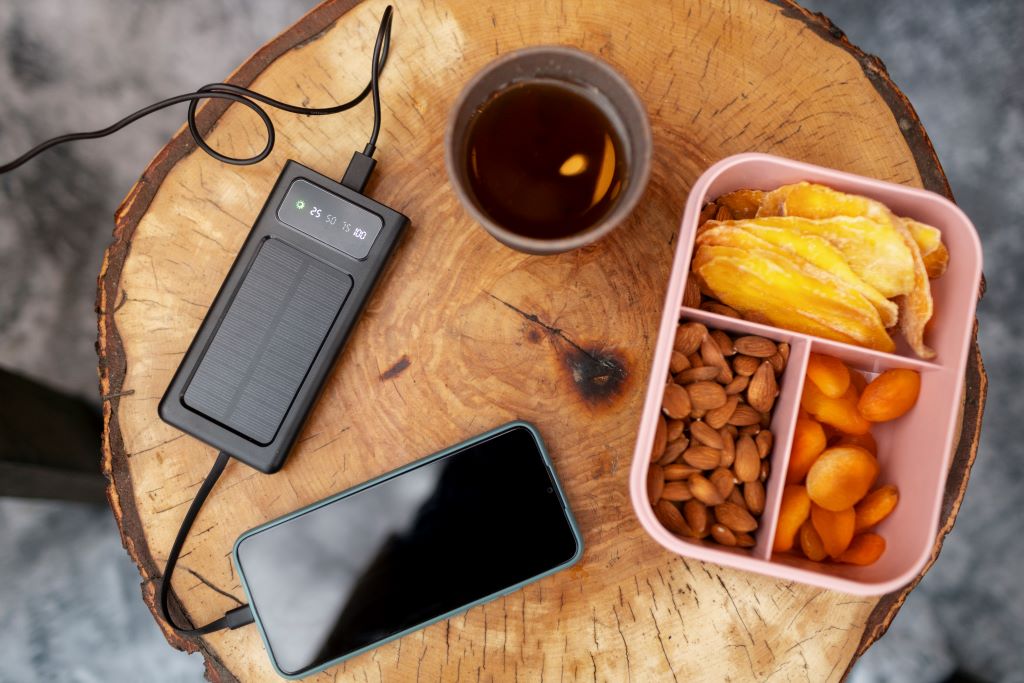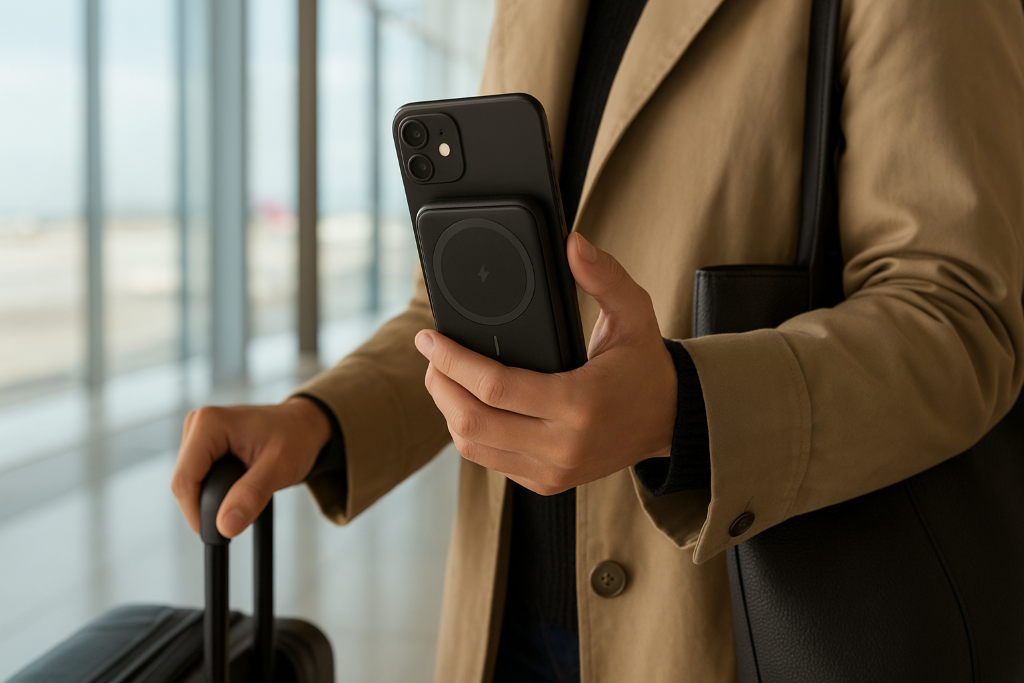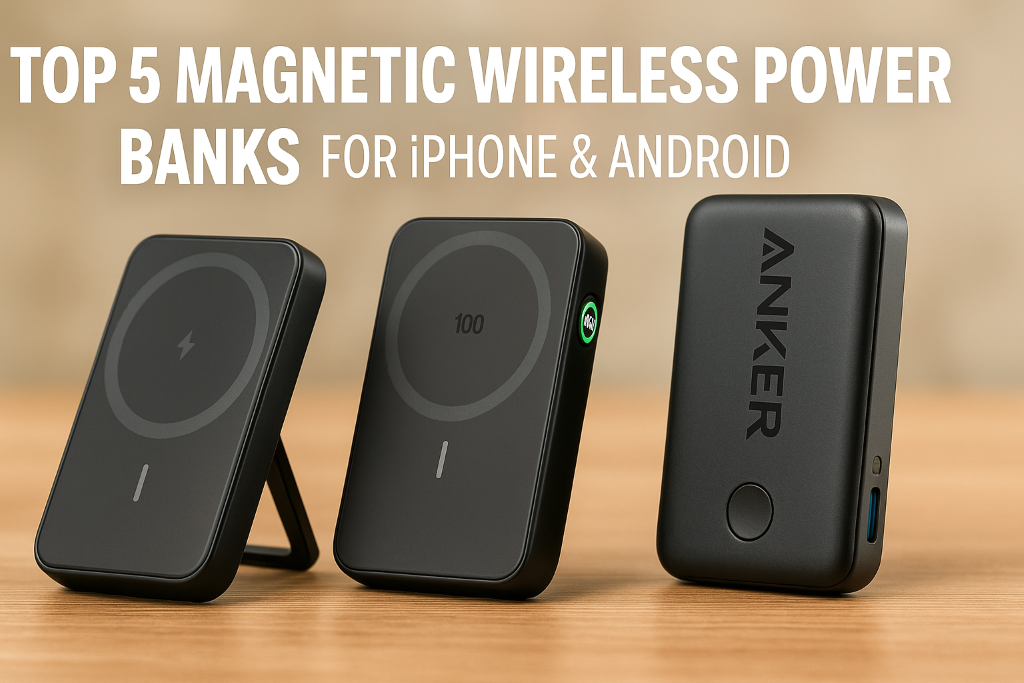High-tech farming gadgets change modern agriculture, making it smarter, faster, and more durable than ever. From automated irrigation systems to drone monitoring and smart sensors, these innovations help farmers improve crops, reduce waste and manage livestock with more efficiency. This digital revolution is not just about technology – it is about helping farmers to do smart work, save resources, and meet the growing requirements of the future. With the right on-site equipment, agriculture is not only more productive but also more environmentally friendly.
Rising at a CAGR of 9.8%, the global smart agriculture market is projected to reach $34.1 billion by 2026 from 2021. Given the rising need for food supply and environmental concerns, Markets & Markets’ high-tech farming technologies are hugely assisting to maximize production and yield.
Ten technologically advanced farming tools changing the field are listed here.
1. Tractors Guided by GPS
The days of personally guiding tractors over large fields are long gone. Precision agricultural technologies used in GPS-guided tractors let farmers automate field activities. These self-driving tractors boost general efficiency, cut soil compaction, and lower fuel usage. Studies reveal that despite cutting overlap by 90%, GPS-enabled tractors can increase yield by up to 10%.
2. Intelligent Water Distribution Systems
A major issue is water scarcity, so innovative irrigation systems revolutionize contemporary agriculture. These systems track soil moisture levels using AI-driven sensors and then modify water distribution. Farmers save up to 50% of water consumption using innovative irrigation systems, making this an environmentally beneficial and reasonably priced solution.
3. Agricultural Drone Applications
Drones have transformed agriculture by delivering real-time data on crop health, pest infestations, and irrigation needs. These drones can detect plant stress ten days before evident signs show using spectral cameras. Research by the American Farm Bureau Federation claims that drone technologies can increase farm output by 15% to 20%.
4. Automated Harvesting Robots
Harvesting robots driven by artificial intelligence have developed out of shortages in agricultural labour. Using computer vision and machine learning, these gadgets accurately gather ripe crops. While a human worker may pick 8,000 to 10,000, robotic strawberry pickers—for example—can pick 100,000 strawberries everyday.
5. AI-Powered Livestock Monitoring Systems
Wearable sensors driven by artificial intelligence let farmers track the condition of their animals. These devices track vital indicators, spot diseases early on, and issue real-time alerts. The FAO claims that farms implementing cattle monitoring technologies have seen a 30% rise in output and a 20% drop in animal death rates.
6. Vertical Farming Systems
An inventive method called vertical farming grows food indoors using stacked layers. These hydroponics, automated lighting, and climate-controlled farms generate up to 390 times more food per square foot than conventional farms. Agriculture Consulting projects that in 2027, the worldwide vertical farming industry will be worth $20 billion.
7. Soil Health Sensors
Good soil quality is essential for high crop yields. Hence, clever soil sensors offer real-time pH level, temperature, and nutrient content data. By guiding farmers’ fertilizing decisions, these sensors enable 30% more effective fertilizer use and 15% greater crop yields.
8. AI-Powered Pest Control Systems
Although the overuse of pesticides has adverse environmental effects, artificial intelligence-powered pest control devices are reversing that. By applying focused pesticide sprays and using machine vision to identify pests, these systems cut chemical use by up to 90%. According to a USDA study, innovative pest control techniques enhance crop protection efficiency by 25%.
9. Blockchain-Based Supply Chain Tracking
Food safety and transparency depend on food tracking. Thanks to blockchain technology, produce can be tracked from seed to sale, guaranteeing quality and helping to stop fraud. Blockchain-based tracking, claims IBM Food Trust, lowers food waste by up to 40% and builds consumer confidence.
10. Automated Greenhouse Systems
IoT-enabled greenhouses employ sensors and artificial intelligence to control temperature, humidity, and light; they are not physically run. These technologies are a sustainable answer for the future of farming since they result in a 20% increase in crop output and a 30% decrease in energy expenses.
Do soil sensors really improve crop yield?
Yes, soil sensors improve crop yield by giving farmers precise data on soil moisture and nutrient levels. This helps apply water and fertilizer only when needed, reducing waste while boosting plant growth and overall farm productivity.
Conclusion
High-tech farming gadgets integrated into agriculture transform food production and increase the sector’s profitability, efficiency, and sustainability. Given the world population’s expected rise to 9.7 billion by 2025, these technologies will guarantee food security.
Using high-tech farming gadgets, farmers may boost sustainability, lower waste, and raise yield, transforming their business from what it was years ago. Digital agriculture is the future, and these high-tech devices are clearing the path. Visit Fine Tech Gadgets to learn more about the gadgets.
FAQs About Farming Gadgets
What are the best farming gadgets in 2025?
The best farming gadgets in 2025 include agricultural drones, soil sensors, automated irrigation systems, smart tractors, and AI-powered monitoring devices that save time and increase yields.
How do smart farming gadgets help?
Smart farming gadgets help by reducing manual labor, improving crop monitoring, cutting water waste, and boosting farm efficiency with real-time data insights.
Are farming drones worth the investment?
Yes, drones can quickly scan large fields, detect crop diseases early, and save farmers hours of manual inspection, making them highly cost-effective in the long run.
Do soil sensors really improve crop yield?
Absolutely. Soil sensors provide accurate data on moisture and nutrients, helping farmers apply the right amount of water and fertilizer, which prevents waste and improves crop growth.
How much do smart farming gadgets cost?
Smart farming gadgets range from $100 for basic soil sensors to several thousand dollars for drones and smart tractors. While costly upfront, they pay off through higher yields and reduced labor expenses.






Leave a Reply